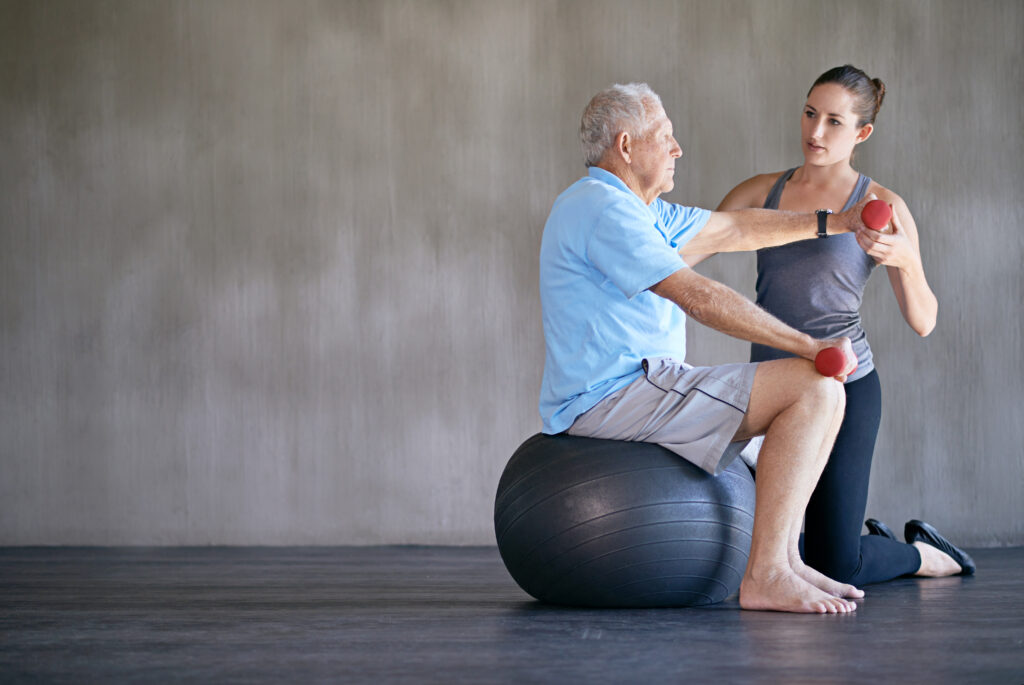News
On June 8, 2022, the Ministry of Health (MOH) and the Chief Medical Officer of Health announced that the remaining provincial masking requirements will be lifted on June 11, 2022.
The remaining Directives will also be revoked and replaced with MOH guidance for health care workers and organizations. This includes guidance on when masks should be worn in hospitals and other health care settings.
It is important to note that masks will still be required in long-term care and retirement homes.
Additionally, organizations may choose to implement their own masking policies. Physiotherapists are encouraged to speak with their employer about masking requirements within their organization.
When mandatory masking is removed, the College expects that some patients may wish to remain masked, some may want their physiotherapist to be masked, and some physiotherapists may request that a patient wear a mask.
If a PT determines that it would be appropriate to have a masking policy in effect to minimize the risk of infection, they should communicate this to patients before their appointment. Be prepared to have respectful discussions with patients to explain why the policy is in place, and alternatives you can offer if a patient does not wish to wear a mask, for example virtual care, attending in a separate room or at specific hours, referral to another clinic that can accommodate them.
Risk assessment, careful communication, tolerance, and professional judgement should continue to guide PTs’ decisions on treatment and the use of personal protective equipment. PTs should rely on the College’s Infection Control Standard, which states that physiotherapists must use current and generally-accepted infection prevention and control measures that are relevant to their practice setting.
This requires physiotherapists to:
- Maintain current knowledge of infection prevention and control measures
- Consider the risks of transmission among patients, self, other health professionals, and staff before each patient interaction
- Incorporate the appropriate infection prevention and control measures based on the risks of transmission
- Ensure that there are appropriate written infection prevention and control protocols in their practice setting
Physiotherapists should perform a point of care risk assessment before providing in-person care (see Recommended Risk Assessments in this Public Health Ontario Guidance Document and the Frequently Asked Questions on Interim IPAC Recommendations for Use of PPE in Health Care Settings). Consider rates of infection in your community, the vulnerability of populations attending the setting, risks associated with the care environment, and other relevant factors.









